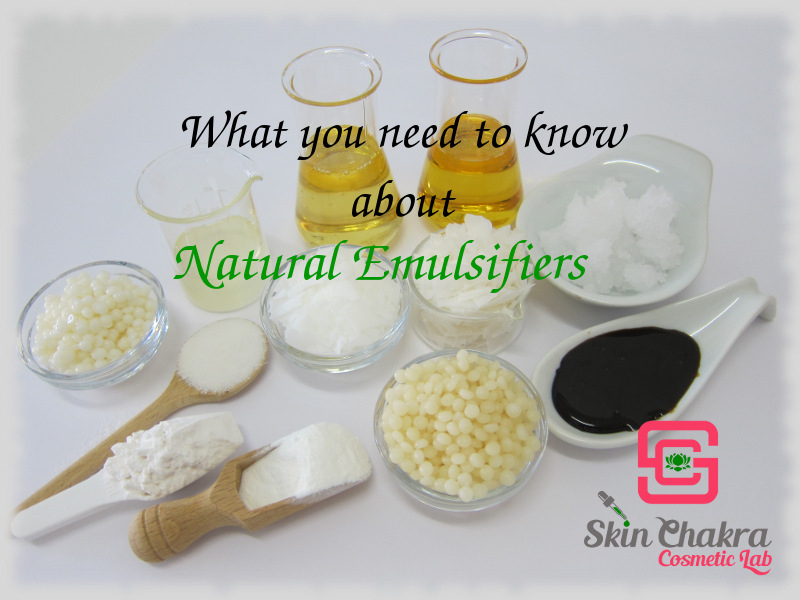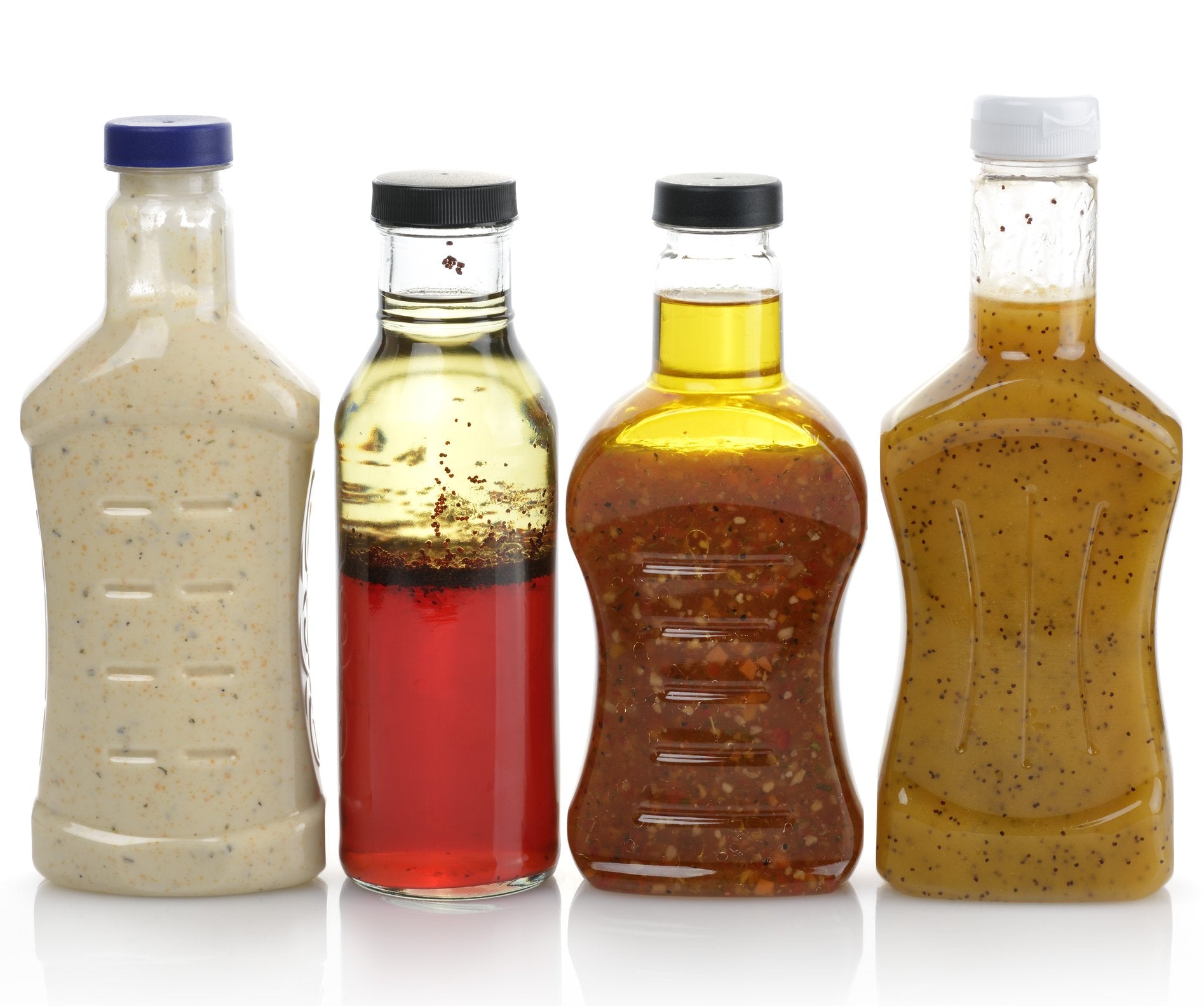12 must-know benefits of using emulsifiers in cosmetics
Emulsifiers: Trick Components for Attaining Flawlessly Mixed Formulations
Emulsifiers play a crucial role in producing secure mixtures of immiscible liquids, such as oil and water. Their special homes permit them to reduce surface tension, which is crucial for harmony in various formulations. Comprehending the distinctions in between all-natural and synthetic emulsifiers can influence product high quality substantially. As sectors increasingly seek to improve appearance and shelf life, the choice procedure for the appropriate emulsifier becomes extremely important. What elements should be taken into consideration in this crucial choice?
Understanding Emulsifiers: What They Are and Exactly how They Function
Emulsifiers may seem like a straightforward enhancement to formulations, they play an essential duty in maintaining mixes of active ingredients that normally do not blend well, such as oil and water. These substances operate by reducing surface tension at the user interface in between immiscible fluids, allowing them to mix more evenly. Emulsifiers include both hydrophilic (water-attracting) and lipophilic (oil-attracting) buildings, which allow them to anchor themselves at the boundary of the 2 stages. By doing so, they produce a protective barrier that prevents the beads of one liquid from coalescing into larger masses, therefore preserving a stable emulsion. The effectiveness of an emulsifier relies on its molecular framework, which affects its capability to support mixes. In various applications, from foodstuff to cosmetics, emulsifiers ensure a consistent structure and appearance, boosting both performance and consumer charm. Their relevance can not be overemphasized in achieving well-blended formulations.
Kinds of Emulsifiers: All-natural vs. Synthetic
Emulsifiers can be extensively classified into 2 kinds: all-natural and synthetic, each offering distinct benefits and applications. Natural emulsifiers, stemmed from plant or pet sources, include lecithin, casein, and gum tissue arabic (emulsifiers). These emulsifiers are typically preferred in clean-label and organic products as a result of their minimal processing and biocompatibility. Their gentle nature makes them ideal for delicate formulations, particularly in food and cosmetics

On the various other hand, artificial emulsifiers such as mono- and diglycerides, and polysorbates are made through chemical processes. They are typically utilized in commercial applications as a result of their security and performance in developing solutions. Synthetic emulsifiers typically display premium efficiency in severe problems, such as high temperature levels or differing pH levels. The option between all-natural and artificial emulsifiers mainly depends upon the specific formulation demands, regulative factors to consider, and customer choices, influencing their effective application in different markets.
Features of Emulsifiers in Food and Aesthetic Solutions
The duty of emulsifiers prolongs beyond simple stabilization; they are fundamental in accomplishing the preferred texture, appearance, and shelf life of food and cosmetic products. In food formulations, emulsifiers aid mix oil and water, developing consistent and smooth structures necessary for sauces, dressings, and milk products. They decrease surface stress, improving the stability of emulsions, which prevents splitting up and lengthens quality.
In cosmetics, emulsifiers ensure that components, such as oils and water, mix seamlessly, providing a pleasant feel and boosting application. emulsifiers. They add to the product's viscosity and spreadability, essential for lotions, lotions, and creams. Additionally, emulsifiers can envelop active components, enhancing their distribution and performance in formulas. By regulating structure and enhancing sensory features, emulsifiers play a crucial role in conference customer expectations in both food and cosmetic industries, ensuring products are not just attractive but additionally functionally efficient
Choosing the Right Emulsifier for Your Item

Additionally, the target application-- whether for food, cosmetics, or drugs-- will affect the option. As an example, food-grade emulsifiers must comply with safety and security guidelines, while cosmetic emulsifiers might need skin compatibility. Evaluating variables such as HLB (Hydrophilic-Lipophilic Balance) assists in forecasting emulsifier behavior in certain formulations. Eventually, an extensive analysis of both regulative factors to consider and useful requirements is vital to select the most efficient emulsifier, ensuring the final product satisfies the wanted quality and stability criteria.

Tips for Effective Emulsion Development and Stability
Attaining successful solution formation and security needs mindful interest to numerous important elements. First, the selection of emulsifier plays a critical duty; it ought to work with the oil and water phases to assure effective stablizing. Second, the proportion of oil to water have to be well balanced, as an improper ratio can lead to instability. Third, the blending procedure must be regulated; high shear blending can help accomplish smaller bead dimensions, improving security.
Temperature level likewise influences solution security; preserving ideal temperatures throughout formulation avoids early splitting up. In addition, incorporating stabilizers such as thickeners can additionally boost thickness, decreasing the probability of stage splitting up. Carrying out comprehensive security examinations after solution will assist recognize potential problems, permitting for adjustments prior to last manufacturing. By adhering to these standards, formulators can accomplish dependable and constant solutions that maintain their desired residential or commercial properties gradually.
Regularly Asked Questions
Can Emulsifiers Be Made Use Of in Vegan Formulations?
Yes, emulsifiers can be made use of in vegan formulas. Lots of plant-based emulsifiers, such as lecithin from soy or sunflower, give reliable mixing without animal-derived components, making them suitable for a variety of vegan items.
What Are Usual Irritants in Emulsifiers?
Typical allergens in emulsifiers consist of soy, dairy products, read the full info here and eggs, as specific emulsifiers are derived from these resources. In addition, some individuals may respond to ingredients or preservatives utilized alongside emulsifiers important site in numerous formulas.

Just How Do Emulsifiers Influence Life Span of Products?
Emulsifiers enhance product stability by preventing separation of components, thus prolonging rack life. They mitigate putridity triggered by microbial growth and oxidation, bring about long term quality and boosted top quality in various food and cosmetic formulations.
Are There Any Type Of Health And Wellness Issues Connected With Emulsifiers?
Research shows possible wellness worries connected with emulsifiers, including intestine microbiome modifications and inflammation. While regulatory bodies usually regard them risk-free, ongoing researches proceed to check out long-term results on health and wellness and overall health.
Can Emulsifiers Improve Taste or Aroma in Formulations?
Emulsifiers can enhance flavor and scent in formulations by enhancing ingredient diffusion and stability. This causes a much more consistent item, allowing flavors to meld properly, eventually bring about a much more enjoyable sensory experience for consumers.
Emulsifiers might seem like a straightforward addition to solutions, they play a necessary role in supporting mixtures of components that typically do not blend well, such as oil and water. In food solutions, emulsifiers help mix oil and water, creating smooth and consistent structures crucial for sauces, dressings, and dairy products. Food-grade emulsifiers should conform with safety and security regulations, while cosmetic emulsifiers might call for skin compatibility. Common allergens in emulsifiers consist of soy, milk, and eggs, as certain emulsifiers are obtained from these resources. Emulsifiers can boost flavor and scent in formulas by boosting ingredient dispersion and stability.